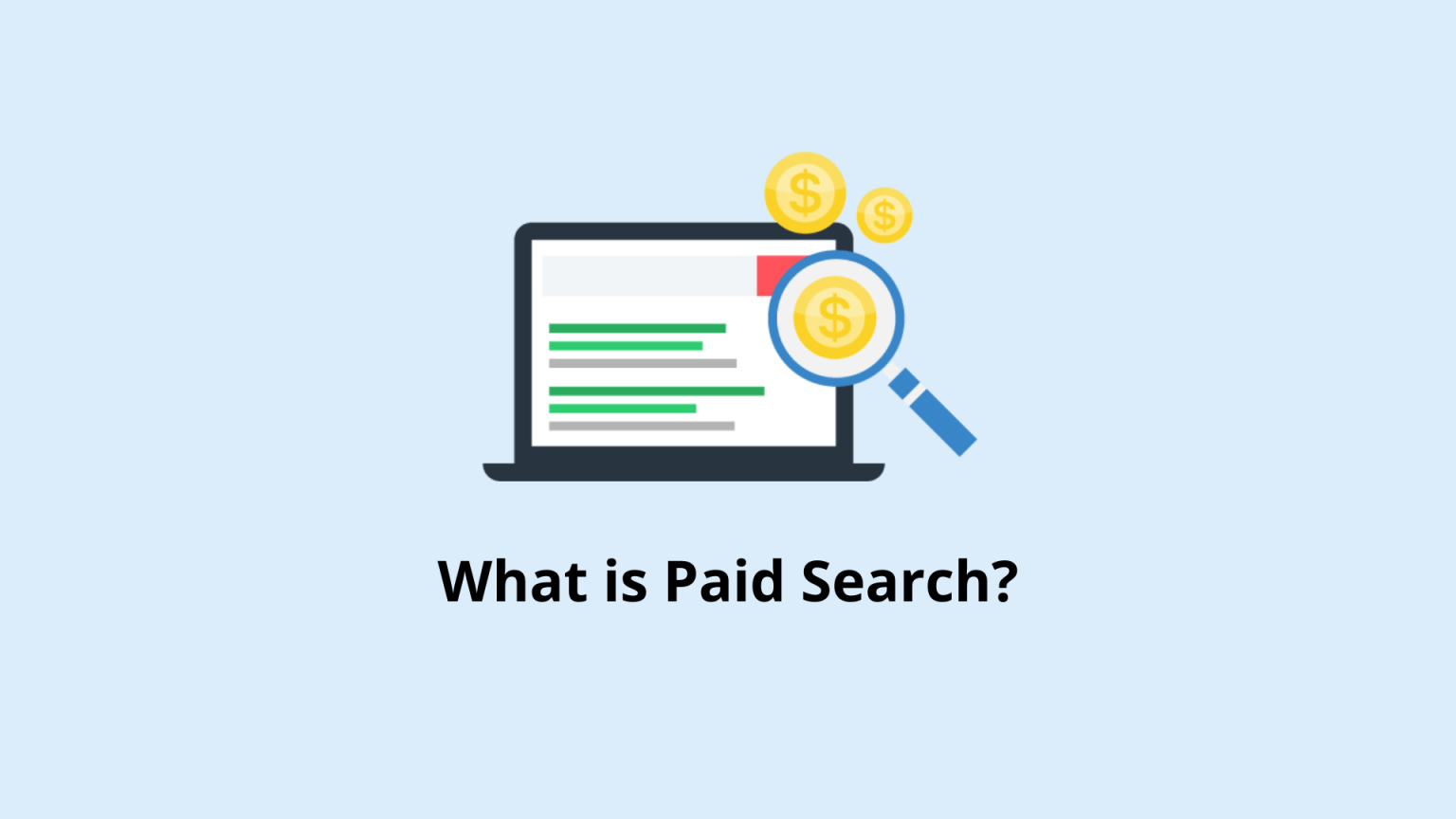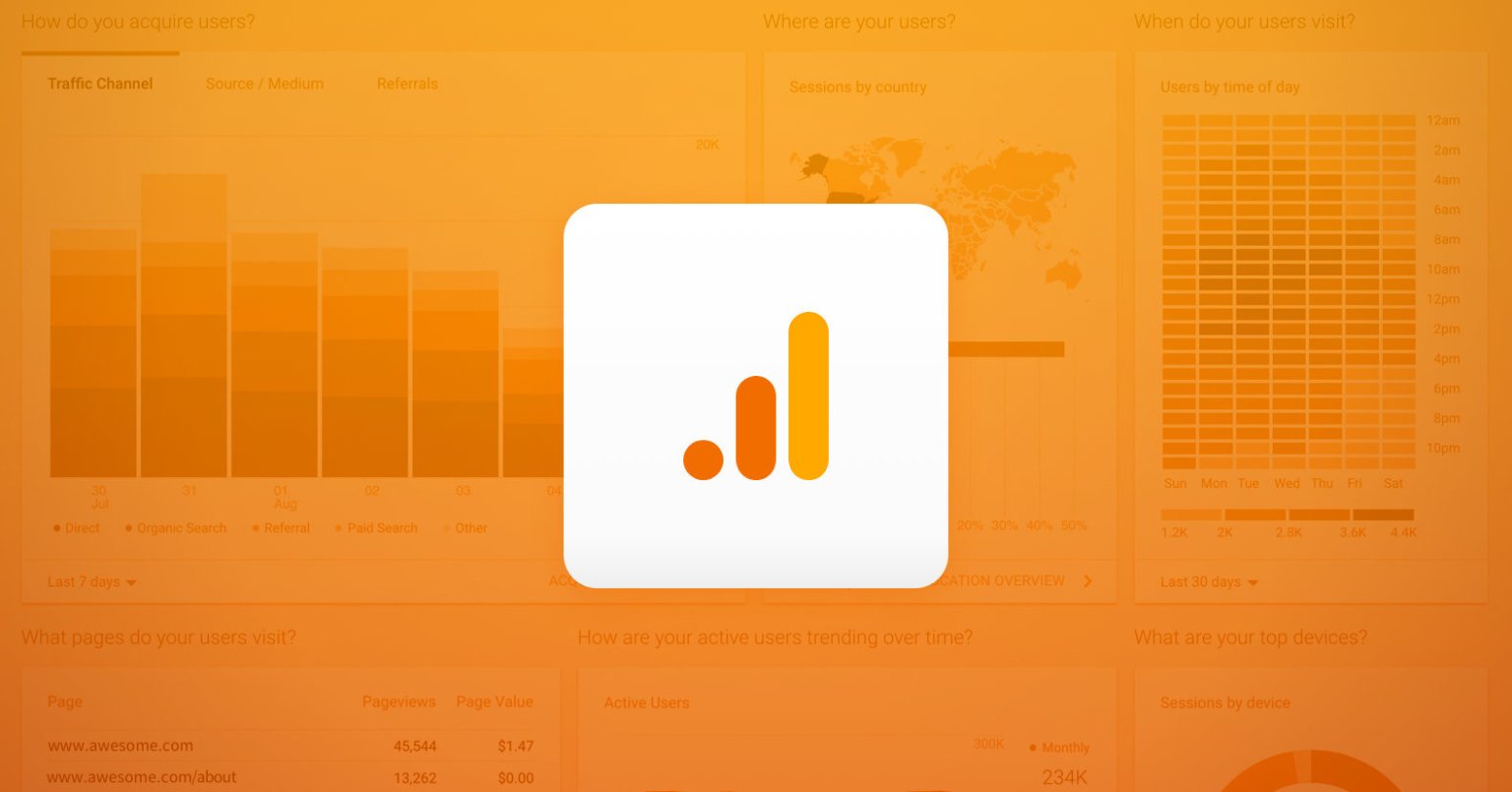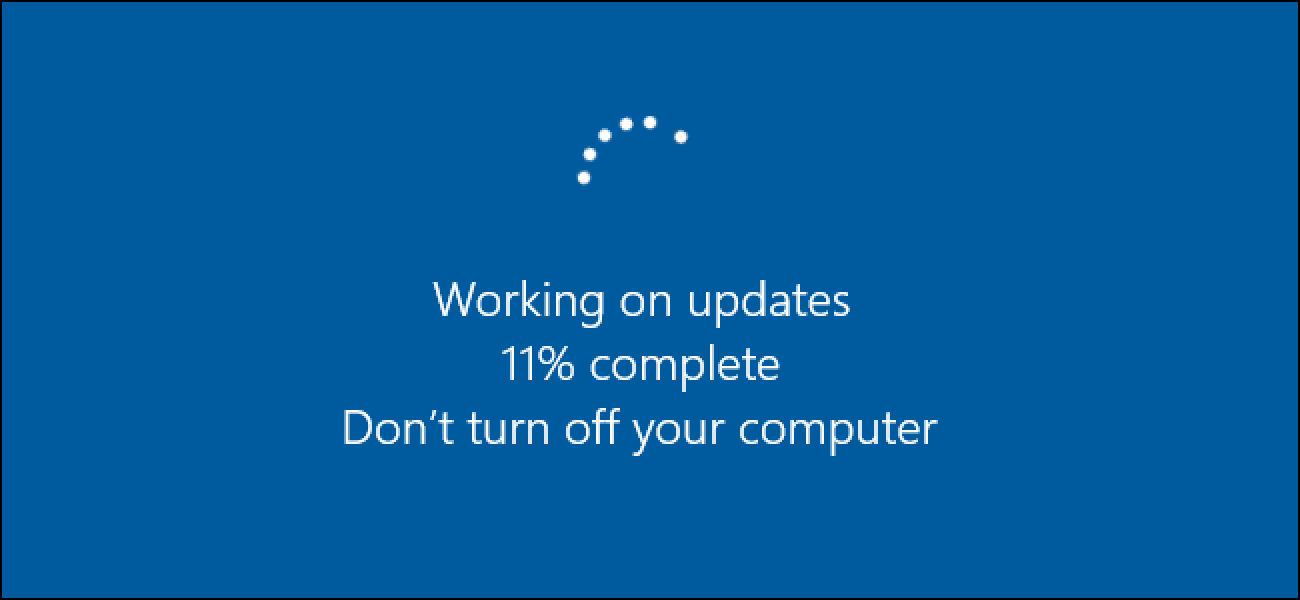Whether you are a beginner or a professional marketer, you’ll realize that Paid Search is a very important tool for online businesses. And when done properly, paid search can grow businesses exponentially.
So, just set your goals, forecast your outcomes, and avoid the pitfalls I’ve listed in this article, and you will benefit from the results. Bearing in mind, every second, tens of thousands of people are searching on Google for products, services, and solutions.
This presents an incredible opportunity for you to promote your business to a relevant and engaged audience. And that is actively looking to research or purchase products or services.
Some other forms of advertising, such as banner ads, are known as ‘interruption marketing.’ Meaning that the person who sees the ad may not actually be in the market to buy something at this stage.
Where paid search has the edge, is that by typing something into a search engine we know that the user has the intent to research or purchase.
Do remember that success will often depend on the quality of your website. In relation to others who are also running ads on the same keywords. Therefore, the conversion is king, and sending traffic is only half the job.
In that case, this makes it a measurable and controllable marketing channel compared with more traditional forms of advertising. For the Ad formats, they include text ads, which are shown at the top or bottom of the organic search results. Or even the shopping ads shown above the search results.
As for the Organic Search results, if your website appears here, you will not pay for a click to your website. And you cannot pay to appear in the listings either. In Paid Search Marketing, it’s known in the marketing and advertising industry by many different names (and abbreviations).
For example, Search Engine Marketing (in short SEM), which can include Search Engine Optimization (in short SEO) or even, Pay Per Click (PPC). As well as, Search Engine Advertising, Sponsored Listings… the list goes on.
And that’s before you start to involve the names of specific advertising programs and ad types. Such as Google Ads (formerly Google AdWords), Google Product Listing Ads, Google Shopping Ads, and Bing Ads.
How does Paid Search work?
First of all, every time there is an ad spot on a Search Engine Results Page (in short SERP), an instantaneous auction takes place for the keyword. A combination of multiple factors, including bid amount and the quality of the ad, decide the winner who will appear in the top spot of the SERP.
These auctions are what keeps the gears of PPC moving. Auctions begin when someone searches for something on a search engine. And if there are advertisers interested in showing ads related to a user’s search query, an auction is triggered. Based on keywords that are bid on by advertisers. The ads that win the auction then appear on the search engine results page.
Secondly, to get involved in these auctions, advertisers use accounts on platforms like Google Ads to set up their ads. As well as, determine where and when they would like those ads to appear. Accounts are split into campaigns for ease of management and reporting. According to different locations, product types, or other useful categorization.
Lastly, campaigns are further divided into ad groups that contain keywords and relevant ads. Below is a breakdown of the most important parts of a Paid Search Marketing;
1. Keywords
Keywords lie at the center of PPC, connecting advertisers to users’ search queries.
- Queries are the actual words that users type into the search box of a search engine in order to find results.
- Keywords, on the other hand, are what marketers use to target these users by matching their search queries.
Keywords work as generalized abstractions of a wide range of search queries, which are prone to irregularities like misspellings.
Depending on the keyword match types they use, advertisers can match search queries with more or less precision.
2. Ads
Along with keywords, you need to prepare ads in your campaigns.
These are nestled together within ad groups that target shared sets of keywords, and so are organized by common themes. Ads are what the users will see if the auction is won, so they’re very important to get right.
They typically contain a:
- Headline.
- URL.
- Description.
On a SERP they can show up on top of the results or at the bottom of the page. It’s good practice to test different versions of ad copy to see what performs best.
Services like Google Ads and Bing Ads provide features called ad extensions that enhance the appearance of ads.
3. Budgets & Bids
In order to participate in the auction, advertisers need to decide how much they’re willing to spend on a given keyword. This is done using:
- Budgets at the campaign level.
- Bids at the ad group or keyword level.
Budgets are set at the campaign level and can be exceeded on a daily basis, but will not be overspent on a monthly basis. Budgets should be set according to overall account strategy, but bids are a more precise way of controlling spending.
All ad groups must have bids, but keyword-level bids override ad group level bids.
Due to the RTB system, the actual amount paid by the advertiser is dependent on competitor activity and ad rank, not just the maximum bid.
4. Ad Rank
There’s more to winning the auction than having the highest bid. Search engines look at other factors to determine which ads should be at the top and most valuable spot on the SERP.
Search engines have their own particular ways of factoring in other elements to determine ad rank. Google, for example, considers:
- Bid amount.
- Ad relevance and quality.
- The context of the search (such as the user’s device and time of day).
- Format impact (whether it includes extensions that enhance the format of the ad).
Quality Score is a metric that determines ad relevance.
The components of Quality Score are:
- Historical click-through rate (CTR).
- The relevance of the keyword to the ad.
- Also, the relevance of the keyword and ad to the search query.
- Landing page quality.
Ad relevance is absolutely essential; the higher Quality Score is, the lower the CPC will be. Search engines penalize advertisers who bid on keywords with low-Quality Scores by rarely showing their ads, even if they have high bids.
That’s why it’s very important to have an engaging and relevant ad copy that includes high-volume keywords. But landing page quality shouldn’t be overlooked either; ads will show less often when they point to sites with poor user experience.
The webpage must be relevant to the user, load quickly, and provide an overall smooth user experience on all devices.
5. Targeting
Choosing the right keywords is what allows advertisers to show ads to relevant audiences. But, there are other targeting options available to optimize campaigns, including:
- Device.
- Location.
- Day and time.
- Demographics.
This way, advertisers can target users who are on mobile in the evening. Or users who are under 25 and within a certain radius of a particular location. In order to optimize the performance of their ads.
These targeting options are incredibly valuable. Simply, because different variations of ad copy, for example, might perform better for one group of users than for another. It can also be possible, using remarketing tools. That allows for more specific ad copy messaging and adjusted budgets. Targeting or excluding past visitors to a website who do follow-up searches.
Bids can be automatically adjusted for keywords based on targeting options. Giving advertisers more control over traffic and spend by bidding when customers are more valuable to the business.
6. Conversions
The point of all this hard work isn’t to just get clicks. For one thing, the real end game is to obtain conversions. Conversions are the actions that advertisers want users to complete after clicking on an ad. Depending on the type of business being advertised.
Conversion tracking can be a bit tricky. Because conversion paths also have a tendency to be more complicated than a simple click on an ad and a direct purchase. They often include multiple searches and website visits. Or can also lead to an email, phone call, or in-store visit.
Using an analytics service like Google Analytics can help to decide how credit for conversions is assigned in conversion paths.
Common examples of conversions include:
- Purchasing a service.
- Signing up for a newsletter.
- Placing a phone call.
It’s super important to track conversions in order to know whether a PPC campaign is doing well and how many conversions can be attributed to paid search rather than other marketing channels.
Platforms like Google Ads can track conversion. By using a snippet of code that is placed into the source code of the conversion page (which is reached after conversion, like a thank you page) to collect conversion data.
Why is Paid Search important?
The biggest benefit of paid search is your company’s appearance at the top of the search engine results page.
While it’s always possible to improve your organic search strategy in an attempt to rank in position 1. Or position 0, with a featured snippet – on the SERP, paid search will guarantee it.
This is all the more important on mobile. Where a smaller screen means that increasing amounts of real estate are given over to sponsored results.
Multiple surveys have also found that many searchers are unable to tell the difference between paid and organic search results.
2016 data, published by Ofcom, found that only 49% of adults could reliably identify sponsored search results as ads. Implying that there is often no difference in searchers’ willingness to trust organic search results over paid results.
If you have enough investment, PPC is the fastest way to get to the top. If you know your way around the platform, you can set up a PPC campaign in less than an hour. And appear immediately in the sponsored results.
Tracking is also a lot easier using search marketing. You no longer have to take a gamble on ads you’ve paid for in advance in other media, with little way to measure how successful they are.
With paid search, every ad, keyword, and penny spent can be tracked, allowing for a more accurate ROI. This also means it’s a lot easier for an advertiser to test campaigns too.
All of this, along with access to each search engine’s affiliate network websites and products, and the ability to schedule ads and target them to specific locations and times, makes paid search an essential part of your marketing strategy.
Paid Search vs Organic Search
It’s often asked which is better; paid search or SEO? SEO is the process of increasing your website’s rankings in the organic search results. You cannot pay Google or other search engines to increase your ranking.
On the face of it, SEO sounds like a better option. Once your website ranks in position one, the clicks you get are free. And more users click on organic listings than paid ones. But, the important thing to remember is that there is a CPC to SEO as well.
SEO takes time!
If your website is very new, and you want to rank for very competitive keywords such as ‘insurance’ or ‘buy a car’, it can take years of work before your site will even rank in the top 10 results.
All of that work costs money regardless of whether you pay an agency to do your SEO, pay an employee to do it, or even do it yourself. Every hour invested in organic optimization costs money. You can factor in these costs versus the increase in traffic the activity generated.
Let’s say you run an SEO campaign, costing $2000 in agency/consultant fees, and this campaign increases your ranking from position 10 to position 2. This ranking increase looks to generate an extra 4000 organic clicks.
Therefore, you could say that your organic Cost Per Click in this scenario is $0.50. You can then compare this to your paid campaigns to see what’s providing better value.
Alternatives
Do you run a small business and have a tight marketing budget? Or simply you don’t want to jump into bed with the major search engines. Well, you can still make significant headway with organic marketing.
Although it seems like marketing is increasingly “pay to play”, there is a lot to be gained from a savvy organic marketing strategy. Whether that be Search Engine Optimization (SEO) or social media campaigns.
As can be seen, Paid Search Marketing affords businesses the opportunity to advertise within the sponsored listings of a search engine or a partner site.





Comments
Post a Comment